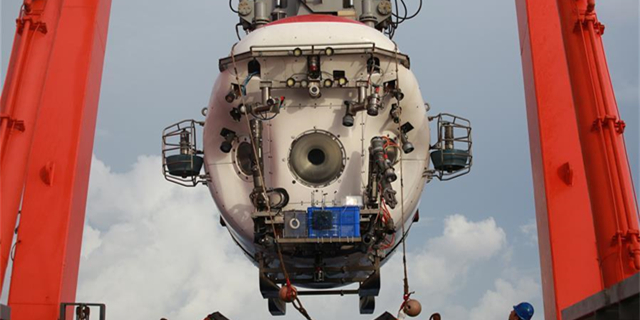No change to China's prudent, neutral monetary policy
BEIJING - Despite the central bank's frequent open market operations to adjust liquidity, China will stick to the prudent and neutral monetary policy for deepening of supply-side structural reform.
The People's Bank of China (PBOC) renewed net cash injections in mid-May, using reverse repos and medium-term lending facility (MLF) operations on five out of seven trading days, regular and appropriate moves which mean nothing in terms of any change to monetary policy.
Going forward, the monetary policy will remain "prudent and neutral," striking a balance between stabilizing growth and deleveraging, preventing asset bubbles and containing systemic risks, central bank governor Zhou Xiaochuan said.
Inventive and effective
According to the latest quarterly China Monetary Policy Report, since the beginning of this year the central bank has placed financial market practices under macro prudential assessment for strict control of liquidity risks and maturity mismatch risks.
The bank has incorporated off-balance sheet forms of financing that exist outside the conventional bank lending system -- such as initial public offerings, loans from trust companies and bond sales -- into the broad range of its credit indicators. It has told banks to manage mortgage risks and be vigilant to market irregularities such as fake divorces to avoid high down payment requirements on second homes.
"Compared to previous years, China's monetary policy is neutral with more prudential considerations conducive to stabilizing the entire financial system," said Zhao Xijun, of Renmin University.
He said the policy had proved effective as liquidity remained stable without any heavy stimulus package.
The central bank report underlined that monetary policy, in tandem with changes to economic fundamentals and the need for deleveraging, preventing bubbles and eliminating risks, has yielded good results such as the moderate liquidity, reasonable growth of credit and social financing, modest interest rates and stable exchange rates.
No policy shift
There is no point in reading too much into open market operations for cash injections or withdrawals, as the intensity and pace of these operations adapts to the volatile money market.
"With more tools in its policy basket, the central bank has more choices in open market operations," said Zhao. "Whatever tools they use, the target is to hedge against liquidity risk and maintain liquidity basically stable."
A research report by Guo Caomin and He Jinjin of Industrial Securities said the central bank's recent open market operations were more likely to offset the impact of new regulations and maintain liquidity equilibrium.
Concerns over regulatory tightening have weighed on the financial market, with the benchmark Shanghai Composite Index having shed more than 6 percent since mid-April.
"It is not necessary to over-interpret any particular operation and even peg it with monetary policy shifts," said Zhao, adding that the central bank should be more open with the market and stabilize market expectations.
Reform and Regulation
The central bank has made it clear that it will enhance financial support for supply-side structural reform, combine monetary regulation with deepening reform, and allow the market to determine resource allocation.
"Monetary policy stresses the combination of reform and regulation, in other words, it is to play a predominant role in the reform," said Zhao.
Deepening supply-side structural reform this year require a neutral and moderate monetary environment. On the other hand, authorities need to improve monetary policy with new tools and mechanisms, Zhao said. Risk control in the financial sector will continue to be the priority in both regulation and reform.
A flurry of measures have stepped up risk scrutiny in banking, securities and insurance in recent months, targeting non-performing assets, shadow banking, regulatory arbitrage and other malpractices.
The central bank will gradually incorporate more financial activities and markets into prudent macro management, rigorously control risks of non-performing assets in the banking system, improve mechanisms to address credit risks, stick to differentiated mortgage to curb property speculation, and regulate local government debt.






















